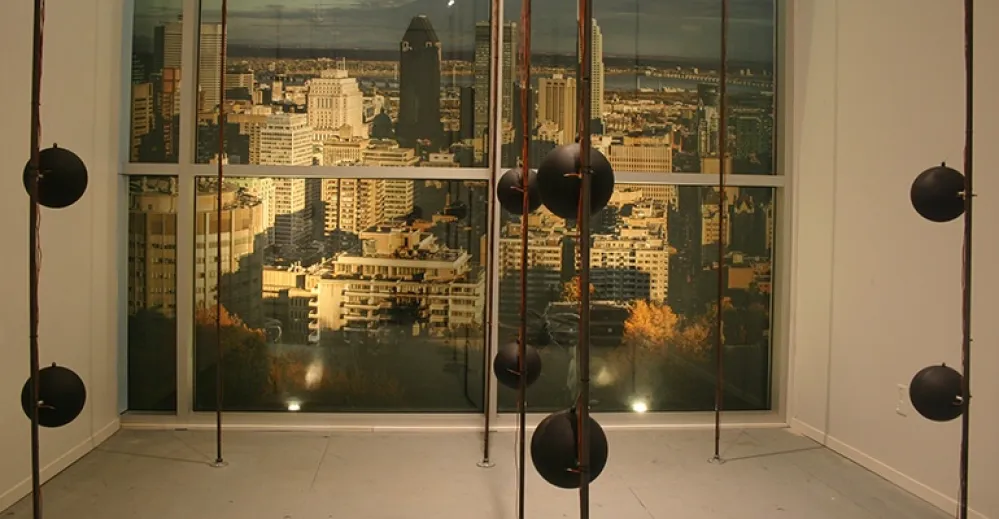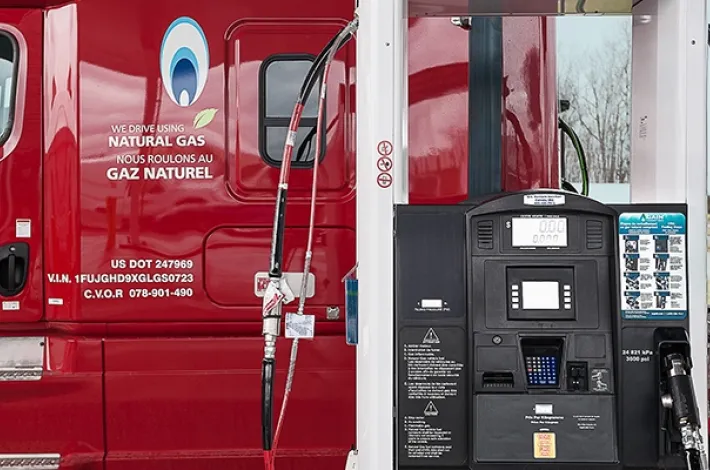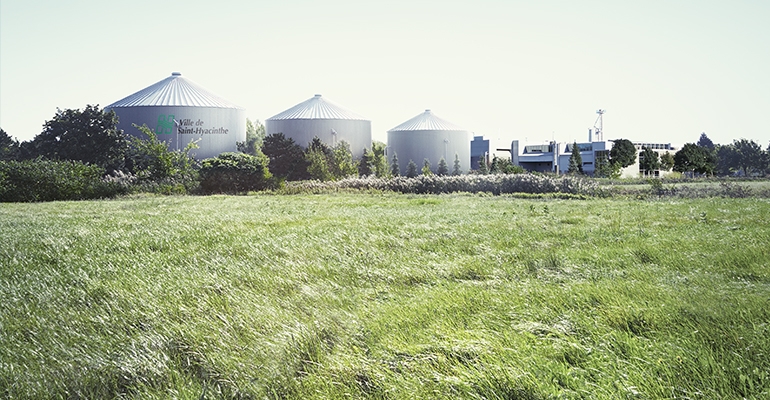
Can trends and comfort be combined? The NGTC investigates

In its state-of-the art laboratory, the Natural Gas Technologies Centre (NGTC) tests the optimal comfort configurations of heating solutions before they are brought to market. It recently acquired a new test bed to test a minimalist-duct heating system in a dwelling enclosed by curtain walls.
The challenge: assessing comfort
Comfort is certainly subjective. Some people are often chilly, while others cannot tolerate heat. However, most people have the same criteria regarding comfort. These criteria were listed in the ANSI/ASHRAE Standard 55 of the American Society of Heating, Refrigerating and Air-Conditioning Engineers. To conduct comfort tests, the NGTC decided to assess only the most significant criteria. Accordingly, they took the following criteria into consideration:

A few definitions
If all these criteria are met in a given space, 90% of occupants should feel comfortable in this space.
That’s the theory. And in practice? This is quite a challenge, because there are several variables, such as space configuration, volumes, materials, the heating system, insulation, ventilation and exterior climate. And that’s where the NGTC comes in.
As we mentioned in a previous post, the NGTC regularly performs comfort tests to optimize various current and future heating solutions. As such, it is able to provide relevant recommendations to construction professionals, architects and manufacturers.
A new guinea pig home at the NGTC
In its Boucherville centre, Isabelle Picard’s team built a brand new test bed where every comfort variable is meticulously captured, measured and analyzed with a view to establishing the optimal heating configuration in a model home. This home includes two walls exposed to an artificial exterior climate thanks to a climatic chamber that produces temperatures ranging from -30°C to 40°C.
Inside, a battery of instruments reveals precious data: anemometers (wind speed), Pitot tubes (volumetric flow), thermocouples (temperature) and humidity sensors, etc. Comfort is assessed at various places in the room, using 10 positions for a person in a standing position and in a sitting position. Nothing is left to chance, thus allowing the NGTC to establish specific recommendations.
Image of the interior of the new NGTC test bed.

Follow the latest trends in comfort
This new test bed means the NGTC can finally test minimalist ducts with curtain walls, which was not possible with the former test bed.
Minimalist ducts consist in blowing air from the wall opposite the windows without the need for ducts in the ceiling space or air vents near the windows, thus reducing the heating system footprint. As for curtain walls, these are light, non-bearing façades made entirely out of glass that complete the building envelope, without contributing to its stability, but whose thermal insulation is inferior to that of a traditional wall. Both concepts are highly valued: minimalist ducts due to their small footprint, and curtain walls for their esthetic effect that pleases architects.
The NGTC has already demonstrated the comfort offered by minimalist ducts, but it still had to assess curtain walls to help professionals combine these two concepts in such a way as to provide optimal comfort for occupants.
Left: Conventional heating with ceiling ducts to blow warm air to the windows. Right: Heating with minimalist ducts, which pulses air from the walls opposite the windows.
Infinite testing possibilities at the NGTC
The science of comfort is a never-ending journey. As architectural trends, construction techniques and heating solutions evolve, the NGTC will continue to assess optimal combinations of heating solutions with a view to continuously improving our quality of life. A bright future lies ahead for this new test bed, because there is no secret behind our quest for comfort: it requires tests, tests and more tests!


You may also like...





